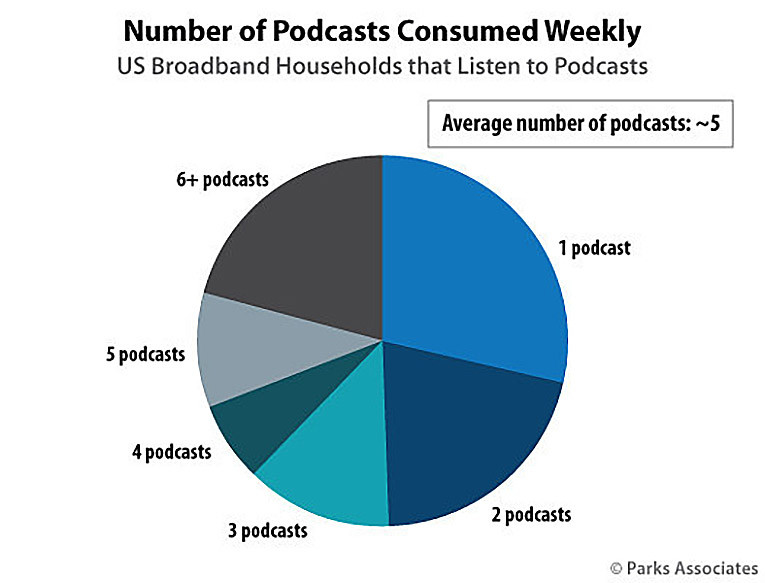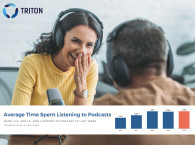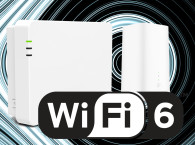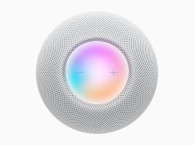
Parks Associates research from Smart Product Market Assessment – Audio Devices finds that 44% of US broadband households own speakers, 37% own headphones bought separately from a phone or music player, and 33% own a separate set of earbuds. Speaker purchase intentions were flat prior to the COVID-19 outbreak, due in large part to the emergence of smart speakers, but demand for headphones and earbuds will likely experience an initial spike with work-at-home and entertainment-in-place now the standard for many households. "This new demand will not diminish consumer expectations for advanced functionality, so device manufacturers still need to prioritize app development and software enhancements to enhance the user experience," Parks Associates says.
The company's "Smart Product Market Assessment – Audio Devices" report addresses future growth in the connected audio device market, including market drivers and inhibitors, identification of key players, consumer purchasing decisions, and user experience.
"Everyone in the household now needs their own headphones and earbuds for privacy during this time of shelter-in-place orders and work-at-home mandates," says Steve Nason, Research Director, Parks Associates. "Following this initial wave of purchases, users will look to integrate these standalone products with their smart speakers and other connected devices in the home. This trend was already underway with the gradual dissolution of the 'home theater system' concept, and now households feature a collection of different audio products, brands, and devices that must work together to deliver a seamless user experience."
Soundbars are now a prominent standalone product category in the audio device landscape, with adoption at nearly one-fourth of US broadband households. It is the most likely audio device to be connected to the TV, so soundbars have not been as impacted by smart speakers and displays as other audio products. However, growth has remained flat. Adoption of more niche audio devices such as internet-connected audio visual receivers and multiroom music systems has remained low, Parks Associates adds.

"Prior to the COVID-19 outbreak, the traditional audio device category was at a crossroads," Nason says. "Adoption and usage of devices such as wired/wireless speakers without voice assistants, audio/visual receivers, home theater systems, and multiroom music systems had waned. While consumers are making purchases now to accommodate work-at-home and home schooling needs, manufacturers need to maintain their emphasis on innovation, particularly the integration with voice assistants, so that their devices can have value beyond the initial stop-gap usage."
Parks Associates notes device manufacturers and voice assistant providers alike have to better market and communicate the value that integrated voice control brings to audio devices. Increased integration of audio devices and use of high-resolution and 3D audio with the most-used CE video device, smart TVs, will also raise the profile of the audio category.
Podcasts and Online News Services on The Rise
COVID-19 outbreak is also impacting consumer consumption patterns of podcast, music, and news services. A new consumer study from Parks Associates finds 36% of US broadband households listen to podcasts weekly, although the research firm expects new patterns of video, music, and news consumption to emerge as a result of the current public health crisis with COVID-19.
The company's report on "Adoption and Business Models: Video, Music, and News Services" explores service uptake, business model preferences, service spending, and value perceptions for video, music, and news services among differing consumer segments. The study finds that podcasts have a stronger appeal among younger consumers than older consumers and almost half of podcast consumers are heavy users, spending more than five hours per week listening. Podcast users are also very interested in bundling podcast services with video and music.

The research also reports that in 3Q 2019, 9% of US broadband households subscribed to an online news service.
"While news consumption is going up during the COVID-19 crisis and daily briefings, most online news outlets have provided their coverage free of charge or outside of the paywall, so the number of households subscribing to an online news service will likely not increase as much in the short term," explains Steve Nason. "Long term, we will be tracking consumer trends to see if current events will drive broader online news consumption and subscription habits."
Parks Associates is launching multiple surveys in April 2020 to quantify the impact of the COVID-19 outbreak on consumer behaviors, purchasing, and usage of connected devices and services, titled COVID-19 Impact on Communications and Entertainment and COVID-19 Impact on Telehealth and Independent Living.
www.parksassociates.com






